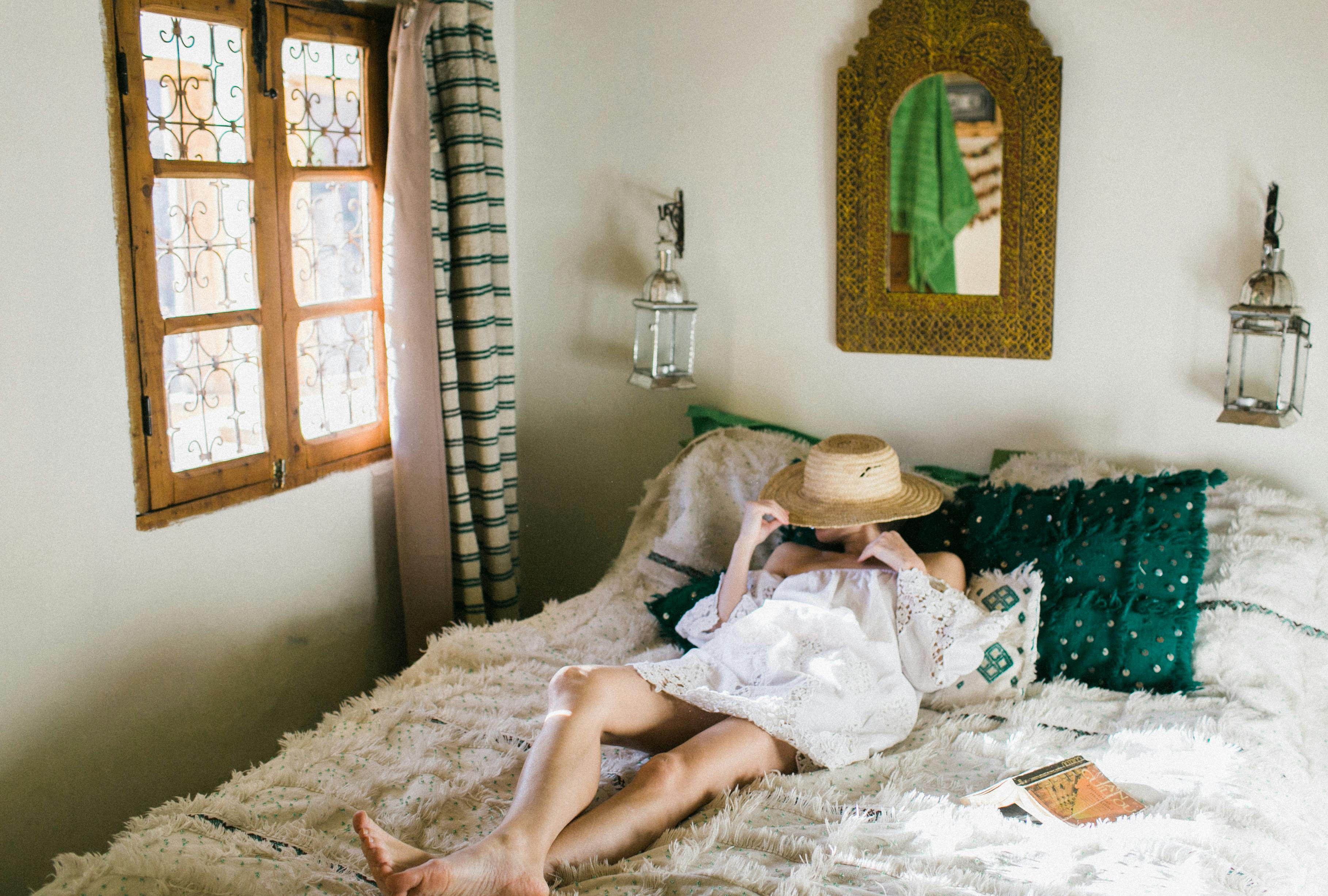Music and dancing are two elements of Jamaican culture that you should consider experiencing during your visit to the island. Many original dances in Jamaica are of African origin and Jamaicans love to dance. The island’s traditional dances bear a striking resemblance to African dances, but the newer dance moves are more global and infuse hip-hop, jazz, and other international dance forms.
The most popular and traditional dance is the “Kumina”, which originated in West Africa. This style of dance is predominantly found in the parishes of St. Thomas and St. Mary and is also known as “Kalunga” or “Kaduunga”.
Kumina features a slow advance of the feet (or the kongo gait), a steady, but often subtle, advance of the hip with the rib cage and arms moving against the hip, followed by wild twists and sudden rests, all signaled by the main drum. The dominant elements of Kumina are dance, music, spiritual possession, healing, and the use of herbs.
The drums used in the dance are the Kbandu, which provides the basic rhythms, and “Playing Cast”, the main drum. These go along with candles, graters, shakas, and catta sticks, played on the back of the drum. According to Jamaica Journal, Volume 10, No.1, “Linguistic evidence cites Kongo as a specific ethnic source for the ‘language’ and possibly the music of Kumina.” There are Congolese words in some of Kumina’s songs performed in Jamaica, which shows Jamaica’s connection to Africa.
A Kumina session involves dancing and drumming of two natures. Bailo is more public and less sacred, where the songs are sung mainly in the Jamaican dialect. Country is more African in nature and is a serious dance involving two leaders, a man and a woman. Leaders must be able to control zombies or spirits and assume their leadership positions after careful training in their eating habits, ritual procedures, dances, rhythms, and songs of a variety of spirits, led by a king or “captain. ” previous. “and queen or” mother “.
Jamaica has a vibrant Kumina dance group called the Port Morant National and International Kumina Dancers. The group has been around for as long as most group members can remember, including Bernice Henry, who states, “The group has been around since I was born. My grandmother was an elderly African woman. My mother passed it on and I passed it on to our friends. sons “. Bernice says the group is made up of about twenty members, and sometimes they have to form smaller groups, depending on the occasion.
Other traditional folk dances are Dinki Mini, Quadrille, Bruckins, Mento, Maypole, and Junkunoo. The Dinki Mini / Minnie Gerreh is a type of dance that is usually performed on the eastern tip of the island, although Gerreh is from the west. This dance is said to be performed when an individual from the community dies, and the dancers perform this dance in celebration of the person’s life.
Ettu / Etu is practiced primarily in Hannover by people claiming Yoruba ancestry; this type of dance is normally performed at weddings, parties, nine nights and forty nights. The Nago dance is a Westmoreland-based dance that is similar to the Etu, mostly practiced in dances. Buru / Burru is a variant of John Kunnu, believed to be a fertility masked ball.
Jamaica is indeed a culture of dance and dancers! Make sure you feel the rhythm too and learn a few dance steps the next time you visit.
